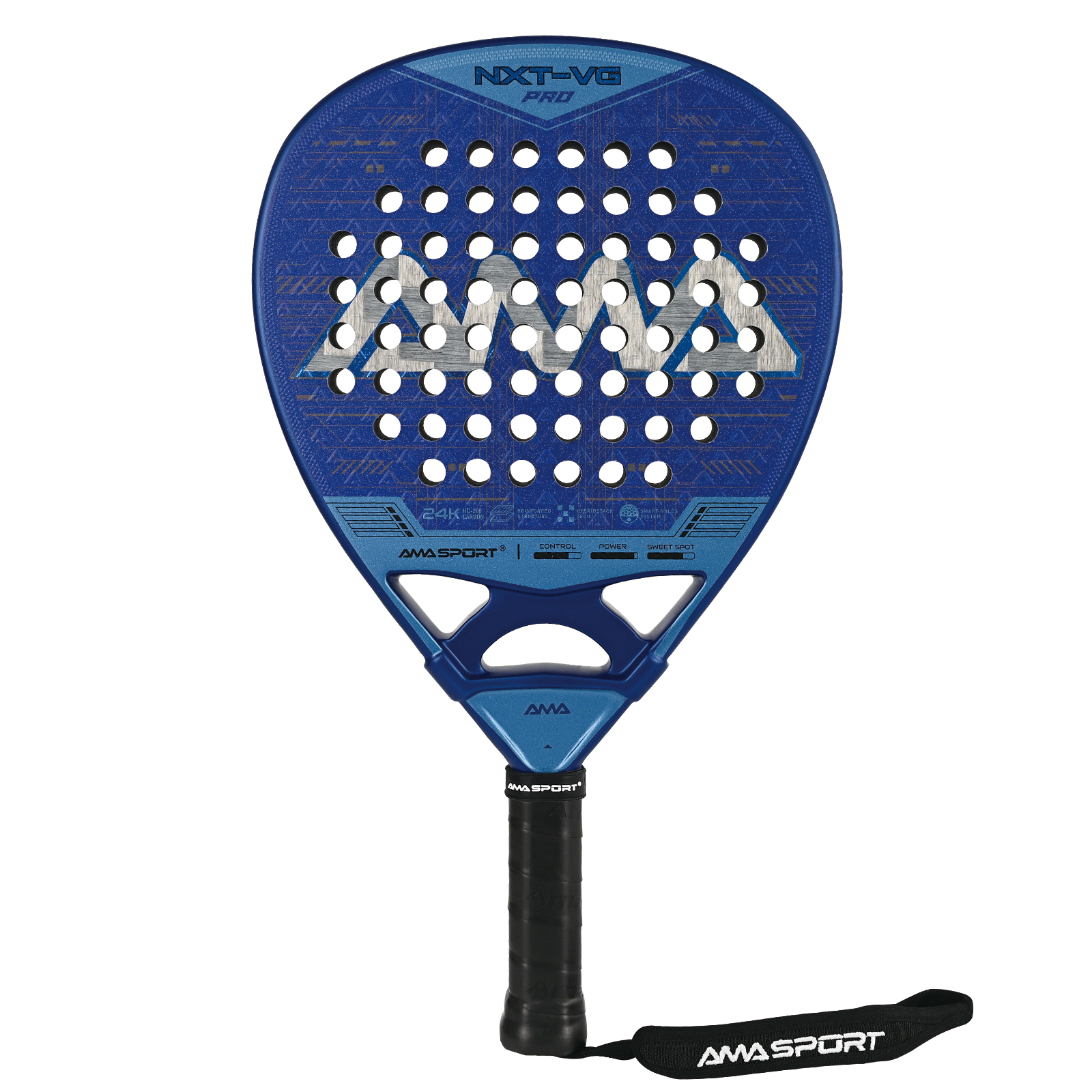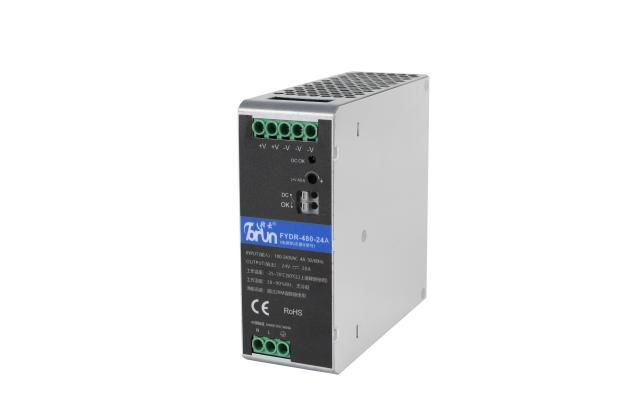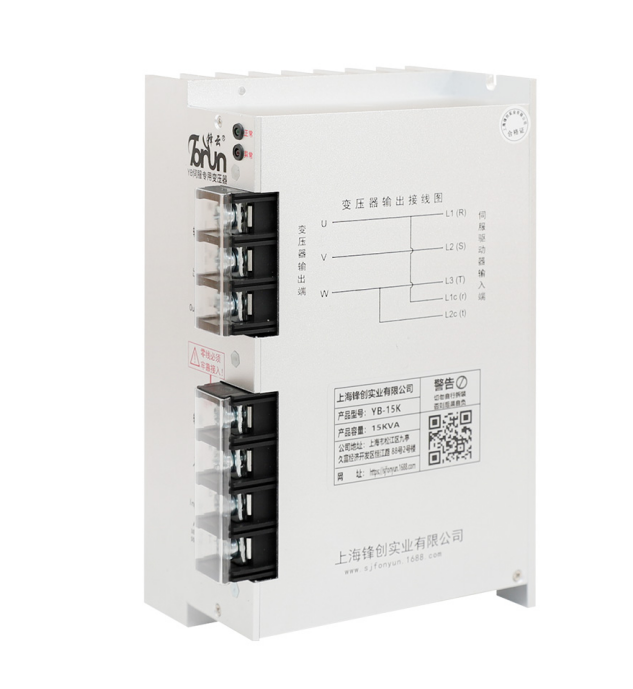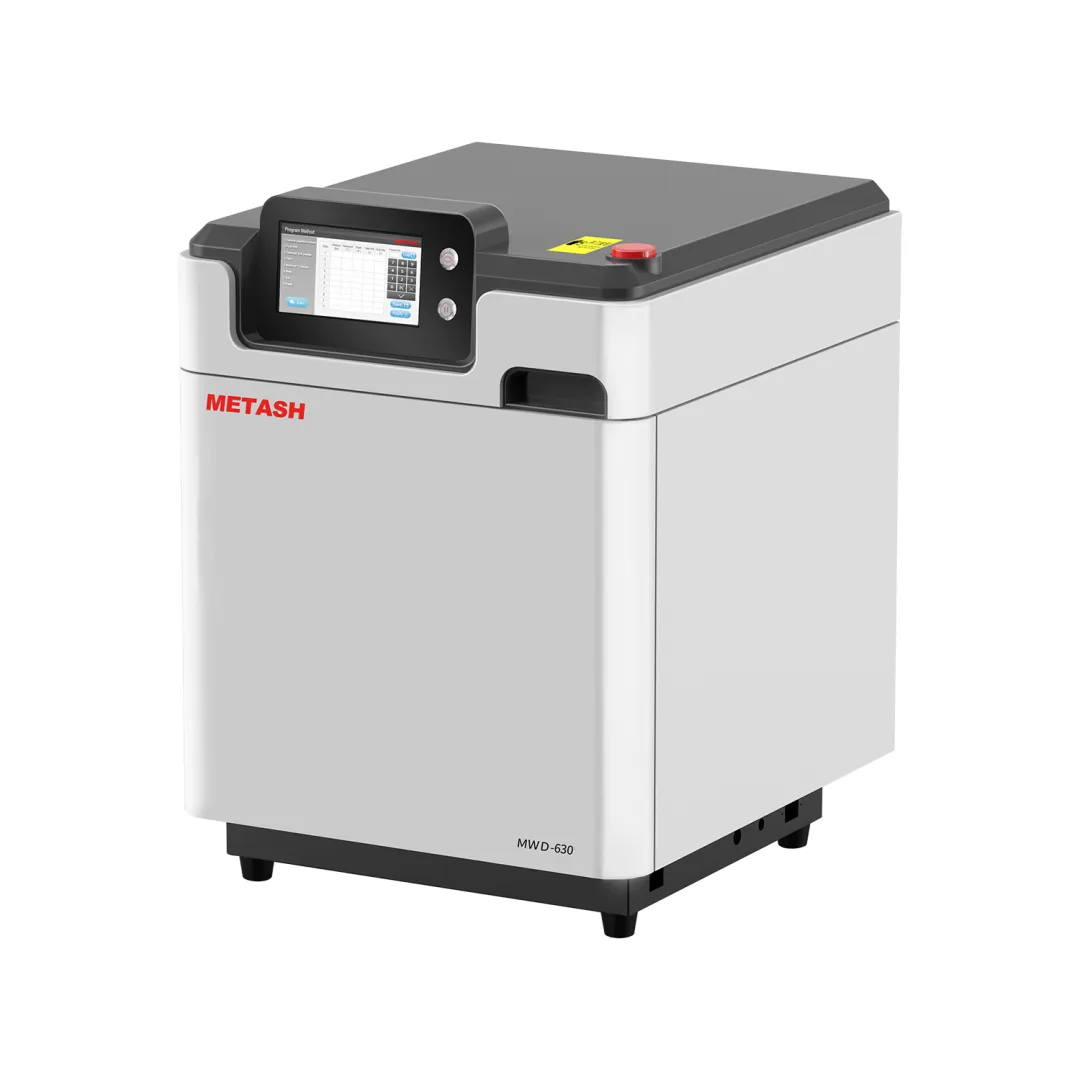Elevating Architectural Presentations: The Essential Role of High-Quality Output Devices in Drawing Production
In the realm of architecture, the ability to convey design concepts through high-quality drawings is paramount. Architects rely heavily on output devices to transform their digital designs into tangible representations that can be presented to clients, stakeholders, and construction teams. This article delves into the various output devices utilized by architects, focusing on their significance in producing high-quality drawings and the factors to consider when selecting the right device for specific needs.
Understanding Output Devices in Architecture
Output devices are hardware components that convert digital data into physical formats. For architects, these devices are crucial for producing detailed drawings, blueprints, and presentations that accurately reflect their design intentions. The most common output devices used in architectural practices include printers, plotters, and large-format printers. Each of these devices serves a unique purpose and offers distinct advantages depending on the project requirements.
The Importance of Quality in Architectural Drawings
High-quality drawings are not merely aesthetic; they serve as essential communication tools that bridge the gap between conceptual design and practical implementation. Quality drawings ensure that all stakeholders have a clear understanding of the project, minimizing the risk of misinterpretation and errors during construction. Therefore, selecting the right output device is critical for architects who aim to produce precise and visually appealing representations of their work.
Types of Output Devices for Architects
- Inkjet Printers:
Inkjet printers are versatile and widely used in architectural firms for producing high-quality color prints. They excel in rendering intricate details and vibrant colors, making them ideal for presentations and marketing materials. However, while inkjet printers are suitable for smaller formats, they may not be the best choice for larger-scale drawings. - Plotters:
Plotters are specialized output devices designed for printing large-format drawings, such as architectural plans and blueprints. They use a pen or inkjet technology to produce precise lines and details, making them indispensable for architects. Plotters can handle various media types, including paper, vinyl, and film, allowing for flexibility in presentation formats. Their ability to print large-scale designs without compromising quality makes them a preferred choice for architectural firms. - Large-Format Printers:
Large-format printers combine the capabilities of inkjet and plotter technologies, offering high-quality output for oversized prints. These printers are essential for producing detailed architectural renderings, site plans, and construction documents. With advancements in printing technology, modern large-format printers can deliver exceptional color accuracy and resolution, ensuring that every detail of the design is captured.
Factors to Consider When Choosing an Output Device
When selecting an output device, architects should consider several factors to ensure they meet their specific needs:
- Print Quality:
The resolution and color accuracy of the output device are critical for producing high-quality drawings. Architects should look for devices that offer high DPI (dots per inch) capabilities to ensure fine details are rendered accurately. - Media Compatibility:
Different projects may require various media types, including glossy paper, matte paper, or even fabric. Architects should choose output devices that can accommodate a range of media to enhance the versatility of their presentations. - Speed and Efficiency:
Time is often of the essence in architectural projects. Selecting an output device that can produce high-quality prints quickly can significantly improve workflow efficiency, allowing architects to meet tight deadlines. - Cost-Effectiveness:
While high-quality output devices can be an investment, architects should consider the long-term costs associated with ink, maintenance, and media. Evaluating the total cost of ownership will help in making a financially sound decision. - Ease of Use:
User-friendly interfaces and software compatibility are essential for seamless integration into an architect's workflow. Output devices that offer intuitive controls and easy connectivity can enhance productivity.
Conclusion
In conclusion, the choice of output device plays a pivotal role in the architectural design process. By understanding the various types of output devices available and the factors that influence their selection, architects can ensure they produce high-quality drawings that effectively communicate their design vision. Whether through inkjet printers, plotters, or large-format printers, the right output device can elevate architectural presentations, fostering clearer communication and enhancing the overall success of a project. As technology continues to evolve, staying informed about the latest advancements in output devices will empower architects to push the boundaries of their creativity and deliver exceptional results.






